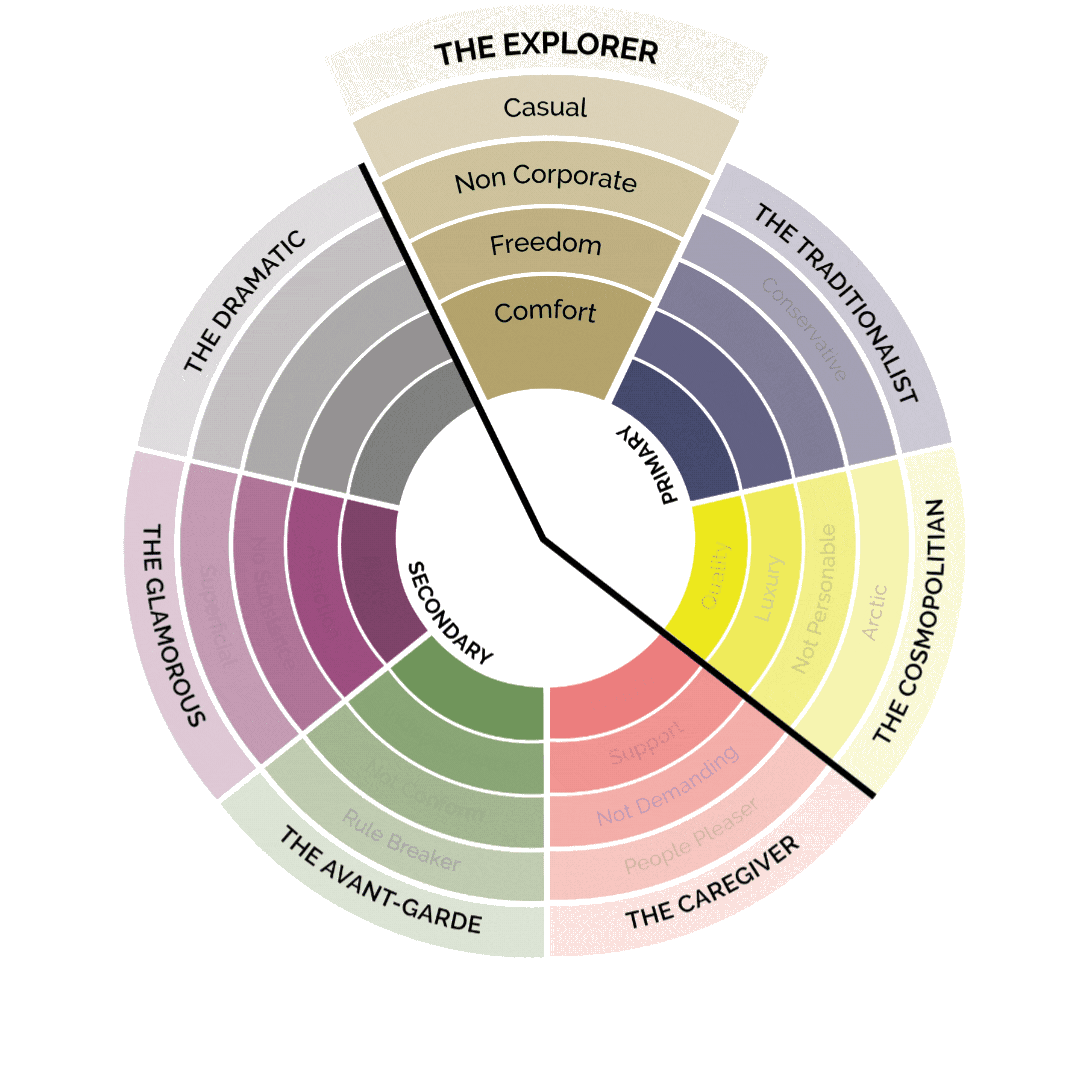Trust-Based Leadership: Why Your TQ Matters More Than You Think
TQ, or your “Trust Quotient,” is far more than a fleeting corporate buzzword; it’s the pivotal metric that serves as the backbone of trust-based leadership, shaping the quality of every relationship, the efficacy of every team, and the success of every organization.
Unlike IQ and EQ, which primarily focus on individual capabilities, TQ extends its influence into the collective ethos, acting as a barometer for the health of an organization’s culture. It’s the silent force that dictates whether initiatives are met with enthusiasm or skepticism, whether stakeholders engage or disengage, and ultimately, whether a leader merely manages or truly leads.
Just as a high IQ can signify cognitive prowess and a high EQ can indicate emotional acumen, a high TQ is the hallmark of a truly trusted leader in the realm of trust-based leadership.
In a world where leadership qualities are often measured in terms of intelligence and emotional savvy, the concept of Trust Quotient (TQ) emerges as a game-changer. So, let’s explore the anatomy of TQ, its signs, its impact, and some actionable steps to enhance it within trust-based leadership. By the end, you’ll have a nuanced understanding of what it takes to elevate your TQ and, by extension, your status as a trusted leader in any professional setting.
The Anatomy of TQ
The Trust Quotient (TQ) serves as a multifaceted metric, akin to IQ or EQ, but with a unique focus on trust-based leadership. It’s not just a standalone figure; it’s a composite score that encapsulates a range of intelligences. Now, when we overlay the principles of TQ onto my framework of modern emotional intelligence, a fascinating synergy emerges. This confluence provides a comprehensive lens through which individual leaders can not only measure but also enhance their TQ. It’s like adding high-definition clarity to a picture that was already worth a thousand words.

- Visual Intelligence (VI): The art of crafting a trustworthy persona through your appearance and environment.
- Behavioral Intelligence (BI): The consistency and ethics behind your actions and decisions.
- Communication Intelligence (CI): Your ability to effectively convey and receive messages in a manner that fosters trust.
- Digital Intelligence (DI): How you navigate the digital landscape to build and maintain trust.
- Social Intelligence (SI): Your awareness and interaction with both living and non-living factors in your environment that influence trust.
For an in-depth understanding of each of these variables, check out my latest LinkedIn article, where I dissect each one in the context of trust-based leadership.
Your Trust Barometer
In the intricate dance of trust-based leadership, your Trust Quotient (TQ) serves as both the rhythm and the beat. It’s the silent language that speaks volumes, the invisible thread that either weaves a tapestry of trust or unravels it. But how do you know if you’re leading the waltz or stepping on toes? Understanding the signs of high and low TQ is akin to having a navigational compass in the complex terrain of leadership.
| SIGNS OF A HIGH TQ | |
|---|---|
| Cohesive Visual Branding (VI) | A leader in trust-based leadership has a well-crafted visual identity that aligns with their professional persona. Whether it's the choice of attire for a board meeting or the design of their digital assets, everything is in harmony. |
| Consistent Ethical Behavior (BI) | Leaders with high TQ in the realm of trust-based leadership display consistent ethics and morals, even when they think no one is watching. Their actions align with their words, creating a symphony of trust. |
| Open and Honest Communication (CI) | Leaders who excel in trust-based leadership are not just articulate; they are transparent and honest in their communication, fostering an environment where trust can thrive. |
| Digital Savviness (DI) | In today's digital age, a high TQ leader knows how to leverage technology to build trust, be it through timely email responses or effective virtual meetings. |
| Social Awareness (SI) | A leader committed to trust-based leadership is attuned to the nuances of their environment, both living and non-living. They understand the impact of their actions on the team dynamics and the larger organizational culture. |
| SIGNS OF A LOW TQ | |
|---|---|
| Inconsistent Visual Identity (VI) | A mismatch between one's professional persona and visual presentation can raise questions about credibility and, by extension, trustworthiness within trust-based leadership. |
| Ethical Discrepancies (BI) | Leaders with low TQ often display inconsistencies in their ethical behavior, leading to a breakdown in trust and potential reputational damage in the context of trust-based leadership. |
| Poor Communication Skills (CI) | Whether it's being overly secretive, providing misleading information, or simply failing to communicate, these are signs of low TQ in trust-based leadership. |
| Digital Negligence (DI) | Ignoring emails, poor virtual meeting etiquette, or an outdated digital presence can all signal a low TQ within the framework of trust-based leadership. |
| Social Ignorance (SI) | A lack of awareness or disregard for the social and environmental factors that contribute to trust can be a significant red flag in trust-based leadership. |
Assessment: Ready to measure your Trust Quotient (TQ)?
Take this quick assessment to uncover your strengths and areas for growth in trust-based leadership. Comprising twenty questions, this assessment offers a preliminary yet insightful snapshot of where you stand on the trust spectrum. Whether you’re a seasoned leader or an emerging talent, these questions are designed to probe into the nuances of your trust-based leadership skills. (And if you want to dive deeper into the world of trust and leadership, leave your email at the end of the assessment to stay connected on this and other topics relevant to your career).
The Ripple Effect: How TQ Influences Organizational Success
Trust-based leadership isn’t an isolated endeavor; it’s a collective force that reverberates throughout an organization. When a leader with a high Trust Quotient (TQ) steps into the workplace, the ripple effect is palpable. A high TQ fosters an environment where collaboration thrives, ideas flow freely, and collective goals take precedence over individual agendas. This is the bedrock of a strong organizational culture, one that attracts talent, retains employees, and stimulates innovation.
But the influence of TQ in trust-based leadership doesn’t stop at the water cooler or the virtual team meeting. It seeps into customer relationships, stakeholder engagement, and even the organization’s reputation in the marketplace. When trust is the currency, transactions become more than just financial exchanges; they transform into long-term relationships. In this way, individual TQ becomes a cornerstone of organizational success, driving not just employee satisfaction but also customer loyalty and, ultimately, business growth.
In the labyrinth of leadership, trust-based leadership is your North Star. It’s the metric that transcends the tangibles, offering a measure of your influence that no balance sheet can capture. As we’ve navigated the complex landscape of TQ—from its anatomy to its signs, and from self-assessment to actionable strategies—it’s clear that becoming a trusted leader is not a destination but a journey. It’s a journey paved with intentional choices, ethical considerations, and a commitment to continuous improvement. So, as you move forward, consider this:
Are you merely a leader, or are you a leader in trust-based leadership?
The choice, and the journey, is yours.
Additional Resources

The Trust Edge: How Top Leaders Gain Faster Results, Deeper Relationships, and a Stronger Bottom Line
For those looking to delve deeper into the realm of trust-based leadership, I highly recommend David Horsager's book, "The Trust Edge." It offers a comprehensive look at how trust is built, sustained, and leveraged in leadership. This book serves as an invaluable resource, providing both theoretical frameworks and practical strategies to elevate your TQ and become a more effective, trusted leader

The Trusted Leader Summit: It's Time to Solve with Trust
This summit gathers a constellation of thought leaders, industry experts, and change-makers, all committed to elevating the discourse on trust in leadership. The event offers a rich tapestry of keynote addresses, interactive workshops, and networking opportunities, all designed to provide actionable insights and strategies that you can apply immediately to your leadership journey.
If you’ve missed this year’s date, fret not. I encourage you to stay connected with the Trust Edge Leadership Institute for announcements on upcoming events, webinars, and resources that will continue to enrich your understanding and practice of trust-based leadership.
Interested in more content like this?
PS: Interested in more content like this? Make sure to follow me on Instagram. It’s where I visualize and publish my thoughts daily. I hope to see you there.




